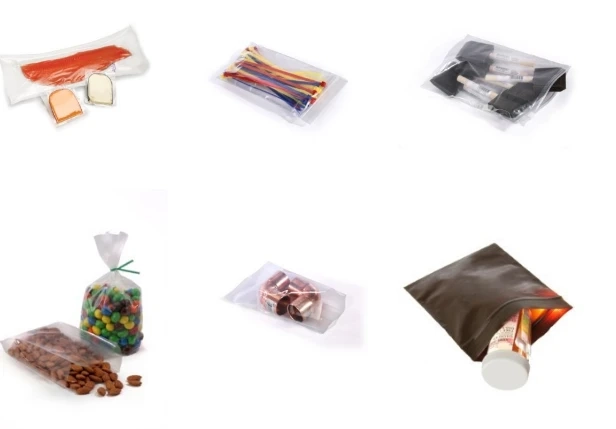Choosing the right plastic bags for your needs involves considering several factors to ensure functionality, durability, and environmental responsibility. With a multitude of options available, finding the perfect fit requires assessing your specific requirements and selecting bags that align with your priorities.
First and foremost, consider the intended use of the plastic bags. Are you looking for bags for storage, transportation or packaging? Different purposes necessitate different features. For example, if you're packaging food items, opt for food-grade plastic bags that are safe for storing edibles and have appropriate closure mechanisms to maintain freshness. Conversely, if you need bags for storing bulky or heavy items, prioritize durability and strength to prevent tearing or breakage.
Size is another crucial consideration when choosing plastic bags. Determine the dimensions required to accommodate your items comfortably while minimizing excess material. Oversized bags not only waste plastic but also take up unnecessary space, while undersized bags may not adequately contain your items. Assess your needs accurately to select the most suitable size for efficient storage, transportation, or packaging.
Closure mechanisms play a significant role in the functionality of plastic bags. Depending on your preferences and requirements, you can choose between various closure options, such as zip-lock seals, drawstrings, or twist ties. Zip-lock seals provide a secure closure that prevents spills and maintains freshness, making them ideal for food storage. Drawstring bags offer convenient opening and closing, facilitating quick access to contents, while twist ties provide a simple yet effective closure mechanism for securing bags.
Consider the material composition of the plastic bags, taking into account factors such as thickness, transparency, and recyclability. Thicker bags offer increased durability and puncture resistance, making them suitable for heavy or sharp items. Transparent bags allow for easy identification of contents, enhancing organization and visibility. Additionally, prioritize recyclable or biodegradable materials to minimize environmental impact and promote sustainability.
Evaluate the environmental implications of your plastic bag choices. While plastic bags offer convenience and functionality, they also contribute to environmental pollution and littering if not disposed of properly. Opt for reusable or eco-friendly alternatives whenever possible to reduce plastic waste and mitigate environmental harm. Additionally, consider recycling or properly disposing of plastic bags to minimize their impact on the environment.
In conclusion, choosing the right plastic bags for your needs involves considering factors such as intended use, size, closure mechanisms, material composition, and environmental impact. By assessing your requirements and priorities, you can select plastic bags that offer optimal functionality, durability, and sustainability, ensuring they meet your needs while minimizing environmental harm.


